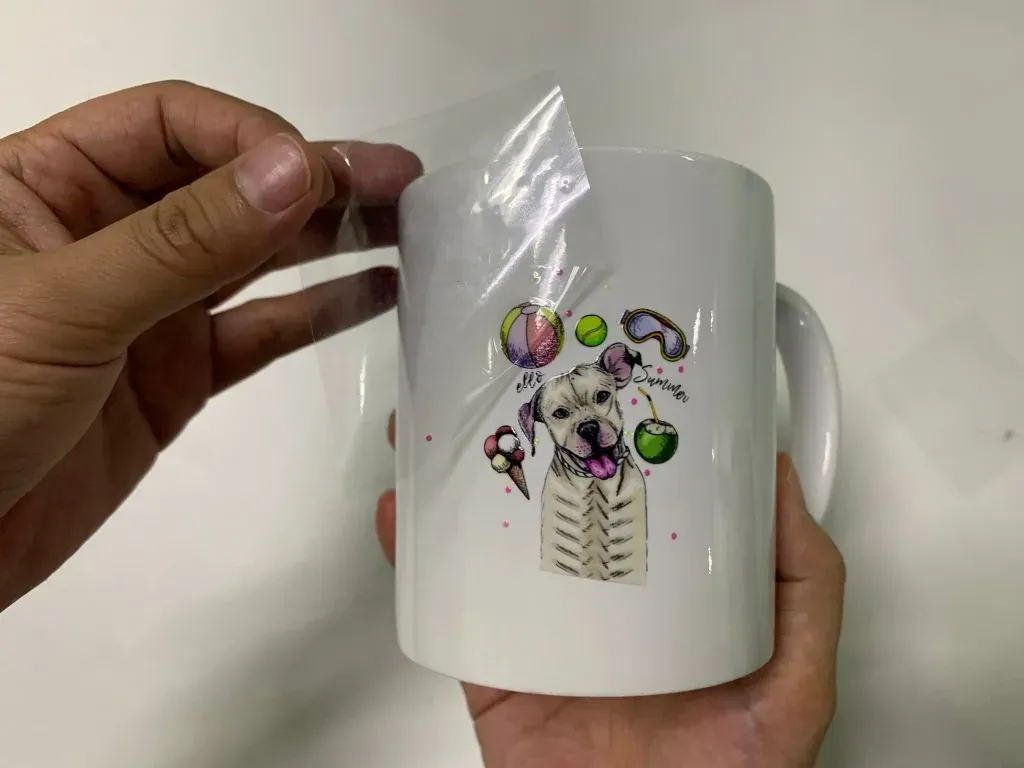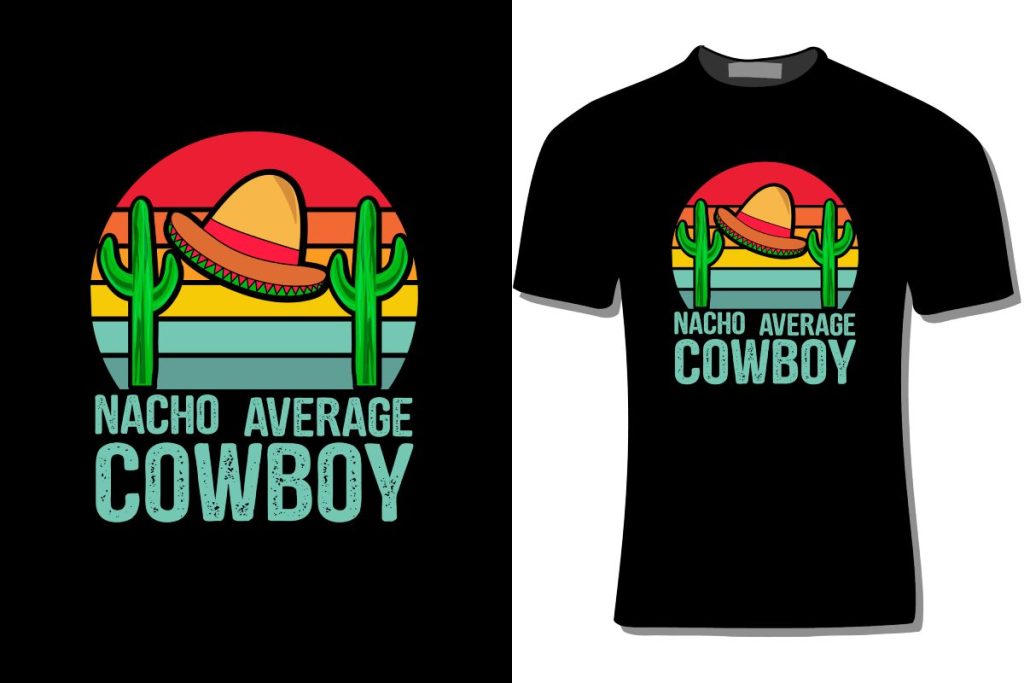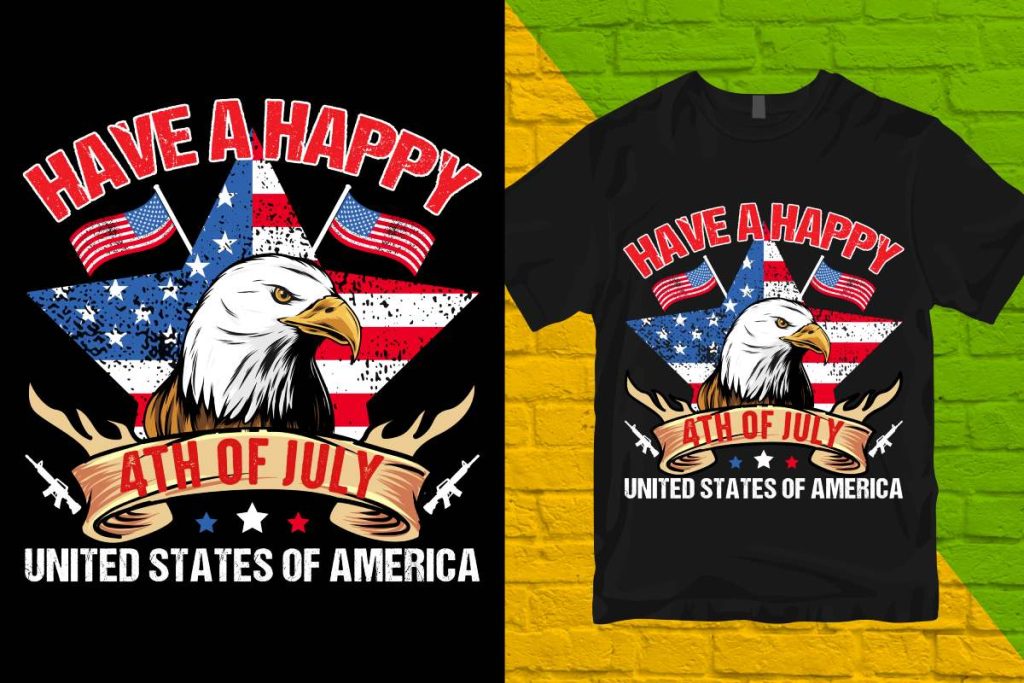In the dynamic realm of printing technology, **UV DTF (Direct-to-Film) printing** has emerged as a revolutionary method, captivating designers and businesses alike. As an innovative fusion of UV printing and DTF printing, this technique allows for exceptional color vibrancy and remarkable durability in prints. With its ability to seamlessly transfer intricate designs onto various materials, from custom apparel to promotional items, UV DTF printing is making waves in the industry. Beginners exploring this printing technology will find that it not only simplifies the printing process but also opens the door to endless creative possibilities. This guide aims to demystify UV DTF printing, providing essential insights and practical advice tailored for newcomers.
Diving into the world of modern printing techniques, one might come across terms like **direct-to-film printing**, or simply DTF printing, and its innovative counterpart, UV printing. These methodologies represent a significant shift in how designs are transferred onto products, particularly in the realm of custom apparel. By leveraging advanced technology that combines the durability of UV inks with the efficiency of DTF techniques, users can achieve outstanding results. Each method presents unique advantages that cater to the specific needs of print businesses and hobbyists alike. Understanding these fundamental concepts not only enhances your printing knowledge but also empowers you to make informed decisions when venturing into this excited field.
Understanding UV DTF Printing: A Comprehensive Overview
UV DTF printing, or Ultra Violet Direct to Film printing, is a revolutionary advancement in the printing technology space that combines the principles of UV printing and traditional DTF methods. It involves applying a layer of inks directly onto a special film which is later transferred to an array of substrates, making it an excellent choice for custom apparel printing. This method not only promises vibrant and durable results but also allows for a quick turnaround due to the instant curing of the inks by UV light.
One of the distinct characteristics of UV DTF printing lies in its diverse applications. Unlike conventional printing, where limitations often stem from the type of fabric or surface being printed on, UV DTF creates a level of versatility lacking in other techniques. This means that businesses can print on textiles, plastics, metals, and even glass. Therefore, whether aiming to create unique promotional products or personalized gifts, understanding UV DTF opens new doors in the printing landscape.
Benefits of UV DTF Printing for Custom Apparel
The benefits of UV DTF printing for custom apparel are abundant, with durability and color vibrancy leading the charge. This technology ensures that prints can withstand the rigors of daily wear without fading or peeling, thanks to the unique UV-curable inks used in the process. With features such as scratch and fading resistance, apparel produced using UV DTF have a longer lifespan compared to those made with traditional printing methods.
Moreover, UV DTF printing provides a high level of detail and color accuracy, which is essential for those in the custom apparel space who seek to create intricate designs. The bold, vivid colors produced enhance the appeal of clothing items, making them stand out in a competitive market. This capability not only attracts more customers but allows for a creative freedom rarely seen in conventional print technologies.
Essential Equipment for Beginners in UV DTF Printing
When starting in the UV DTF printing arena, selecting the right equipment can significantly impact your success. Beginners typically have options that range from affordable desktop printers suitable for small-scale operations to larger commercial models designed for high-volume production. Understanding the capabilities of various printers helps in assessing which model aligns with individual business goals and production needs.
Beyond the printers themselves, it’s crucial for beginners to invest in high-quality UV inks and transfer films. The choice of materials plays a vital role in the overall quality of the final product. By conducting thorough research into compatible ink and film types, and perhaps engaging with experienced printers or reference materials, newcomers can streamline their setup and enhance the learning curve associated with UV DTF printing technology.
UV DTF vs. Other Printing Technologies: A Comparative Insight
Understanding the differences between UV DTF printing and other technologies is key for anyone looking to enter the printing market. For example, traditional methods like screen printing and dye-sublimation can produce less intricate designs and often require extensive setups and drying times. In contrast, UV DTF printing allows for rapid production with minimal setup time, making it a more efficient choice for custom apparel printing.
Moreover, the versatility of UV DTF printing enables it to accommodate a wide range of materials, providing more creative options for designers. While dye-sublimation is primarily limited to fabrics, UV DTF can be used on plastics, metals, and other surfaces. This flexibility means businesses can explore diverse product offerings, appealing to a broader customer base and increasing profitability.
Current Market Trends and Advancement in UV DTF Printing
The UV DTF printing market is witnessing substantial growth driven by increased demand for personalized and customizable products. This upward trend is particularly visible in the e-commerce sector, where unique items are a crucial selling point. As businesses strive to meet consumer expectations for distinctiveness, having access to UV DTF technology positions them competitively in the marketplace.
Technological advancements, such as improvements in printing speed and ink formulation, are further enhancing the appeal of UV DTF printing. Faster printing capabilities allow businesses to handle larger orders efficiently, while advanced ink compositions offer better adherence and flexibility. As these innovations emerge, staying informed about them is fundamental for beginners looking to excel within this dynamic printing landscape.
Resources and Continuous Learning in UV DTF Printing
For aspiring UV DTF printers, continuous learning and resource exploration are essential to mastering the craft. Reputable publications such as ‘Printwear Magazine’ and ‘Ink World’ provide in-depth insights on the latest trends and technological advancements within the UV DTF realm. Engaging with these resources not only aids in understanding the technicalities of printing technology but also keeps budding entrepreneurs and printers attuned to changes within the sector.
Additionally, online forums and community groups focused on UV DTF printing can offer invaluable support and knowledge sharing among peers. By participating in discussions, asking questions, and sharing experiences, newcomers can rapidly enhance their skill set. Continuous improvement in knowledge and technique enables beginners to stay competitive in the ever-evolving landscape of printing technology.
Frequently Asked Questions
What is UV DTF printing and how does it work?
UV DTF printing, or UV Direct-to-Film printing, is a cutting-edge technique that utilizes UV-curable inks to create vibrant designs printed on special films. The process begins with creating a design, which is printed directly onto the film using a UV printer. The UV light cures the ink instantly, allowing for high-quality, durable prints that can be transferred onto various substrates such as textiles and metals.
What are the benefits of UV DTF printing compared to traditional methods?
UV DTF printing offers numerous advantages over traditional methods like screen printing or dye-sublimation, including enhanced durability, vibrant color accuracy, and eco-friendliness. The UV-cured prints are resistant to fading and scratching, making them suitable for high-wear items. Additionally, this method reduces the use of harsh chemicals, promoting a more sustainable printing solution.
Is UV DTF printing suitable for custom apparel printing?
Yes, UV DTF printing is highly suitable for custom apparel printing. It allows for personalized and intricate designs on a variety of fabrics, including cotton and polyester. The durability and color vibrancy of UV prints ensure that custom apparel maintains its appearance even after numerous washes.
What materials can be used with UV DTF printing technology?
UV DTF printing is versatile and can be applied to various materials, including textiles, plastics, metals, and glass. This flexibility makes it an excellent choice for a wide range of applications, from promotional items to personalized gifts and custom apparel.
What equipment do I need to get started with UV DTF printing?
To begin with UV DTF printing, you’ll need a suitable UV printer, various specialized films, and curing equipment. Beginners may start with small desktop printers or invest in commercial printers for higher volume production. Additionally, understanding color management systems and curing settings is crucial for optimal results.
How can I improve my skills in UV DTF printing as a beginner?
Improving your skills in UV DTF printing requires practice and education. Familiarize yourself with color management and film types, experiment with different configurations, and stay updated on industry trends. Resources such as print magazines and online tutorials can significantly enhance your knowledge and capabilities in UV printing technology.
| Key Points | Details |
|---|---|
| What is UV DTF Printing? | A modern printing technique using UV-curable inks printed on films to transfer vibrant designs onto substrates. |
| Process Overview | 1. Create design using software. 2. Print onto specialized film with a UV printer. 3. Transfer design to substrate using heat and pressure. |
| Materials Used | Can be applied to textiles, plastics, metals, and glass, suitable for various applications. |
| Benefits of UV DTF Printing | 1. Durability: Scratch and fade-resistant. 2. Vibrant Colors: High color accuracy and photorealistic images. 3. Eco-Friendly: Less reliance on harsh chemicals. |
| Key Equipment | 1. Printers: Options range from small desktop printers to commercial variants. 2. Costs: Initial investment is significant but justified by long-term savings. 3. Learning Curve: Familiarization with color management, film types, and curing settings is essential. |
| Recent Developments | Technological advancements include faster printing speeds and improved ink formulations, alongside market growth driven by customizable product demand. |
Summary
UV DTF printing is a revolutionary approach to printing that offers vibrant colors, durability, and versatility across various materials. This technology allows businesses and hobbyists alike to create high-quality prints suitable for a multitude of applications, from textiles to promotional items. With its eco-friendly nature and commercial viability, UV DTF printing is not just a passing trend but a valuable asset in the modern printing industry. By understanding its processes, benefits, and equipment needs, beginners can effectively harness the potential of UV DTF printing to unlock endless creative opportunities.



